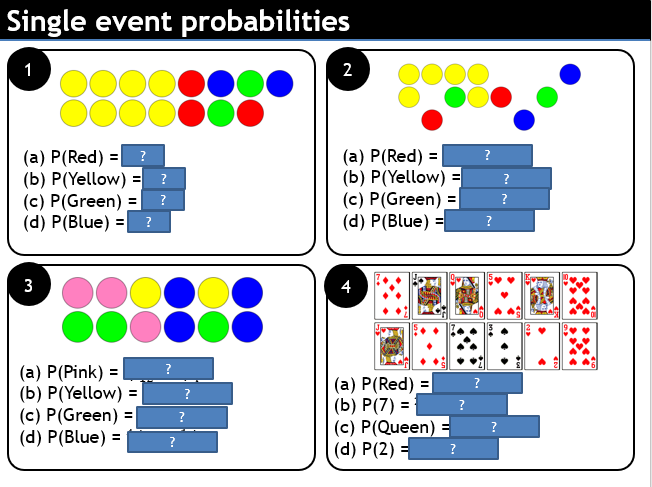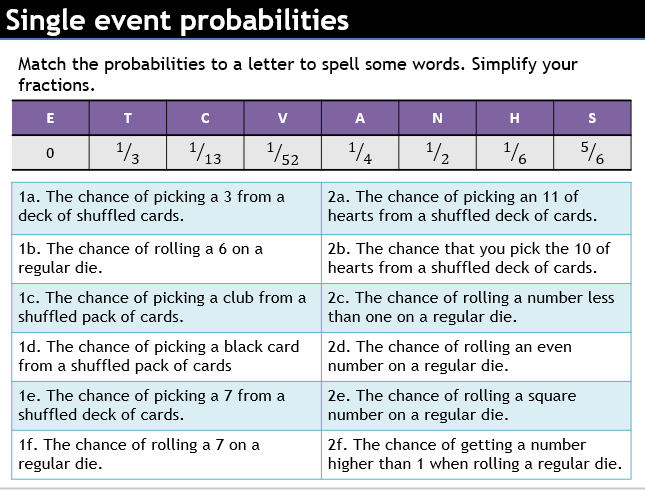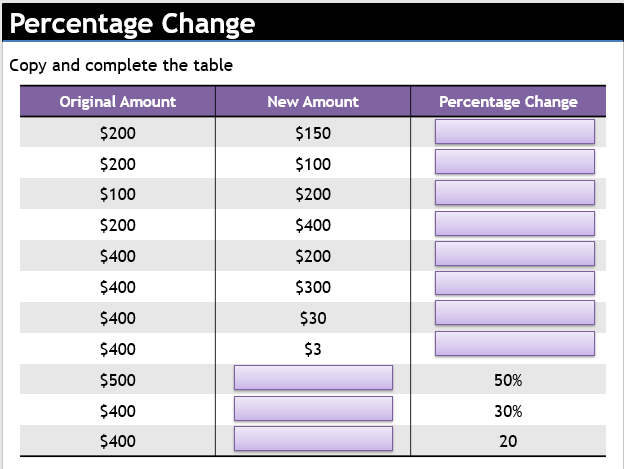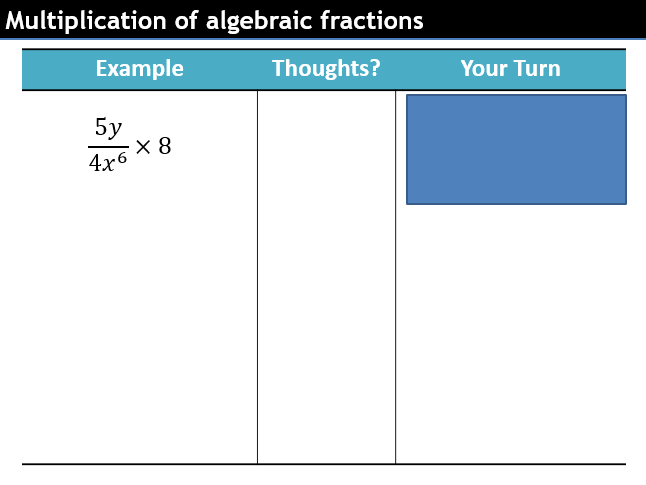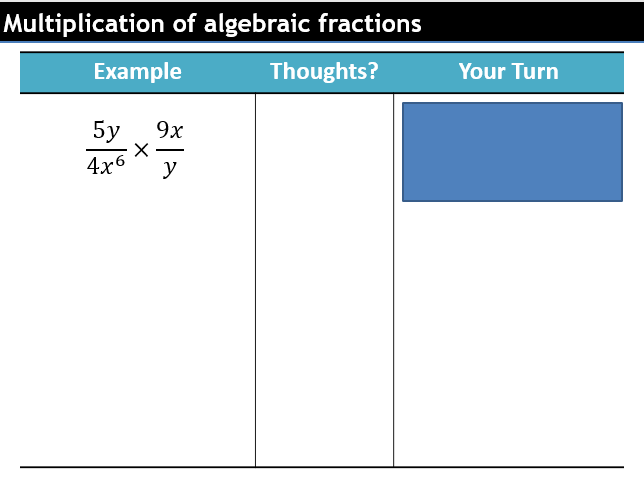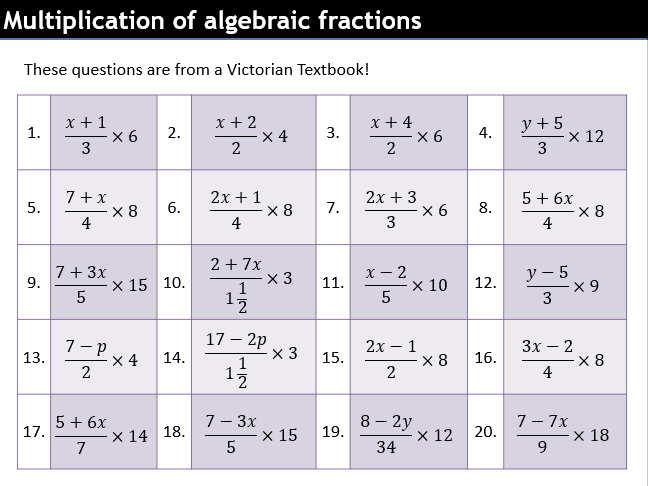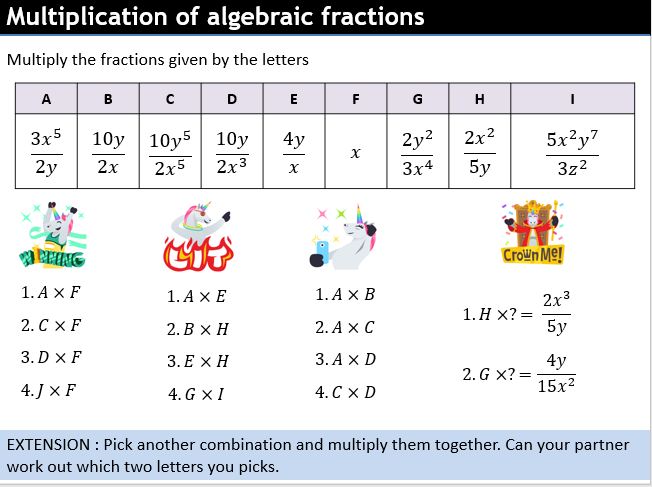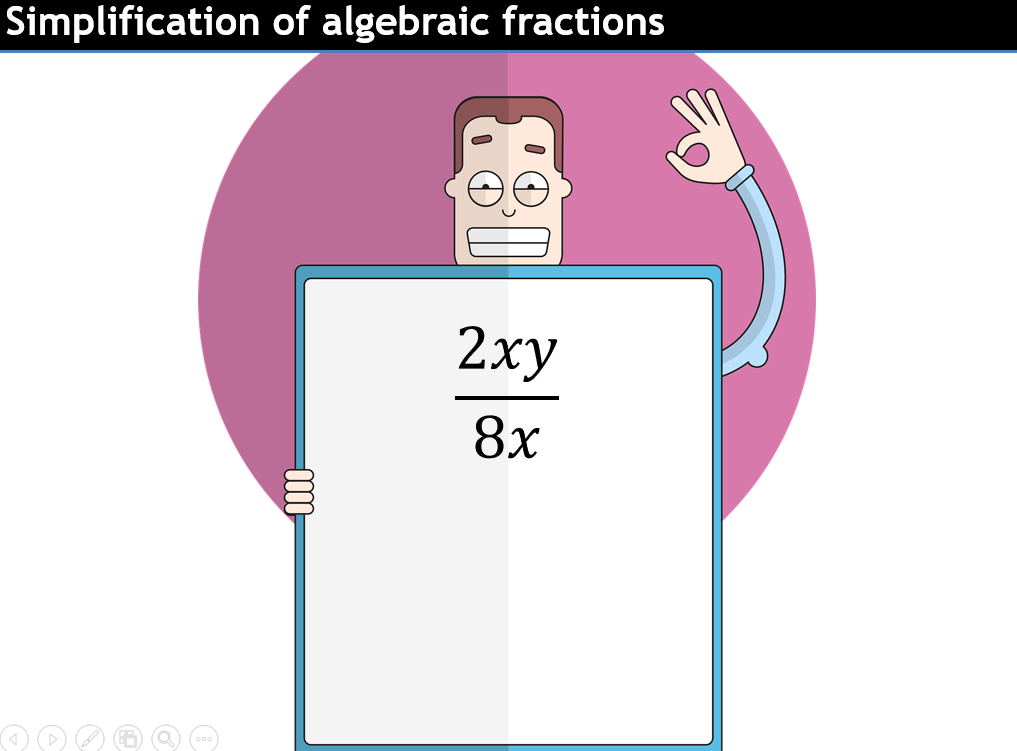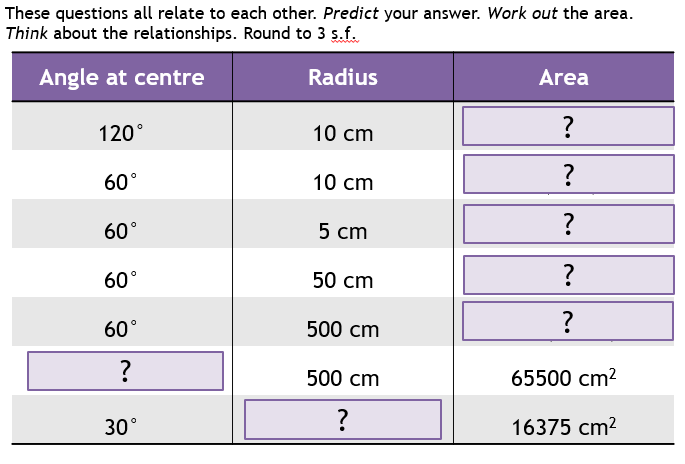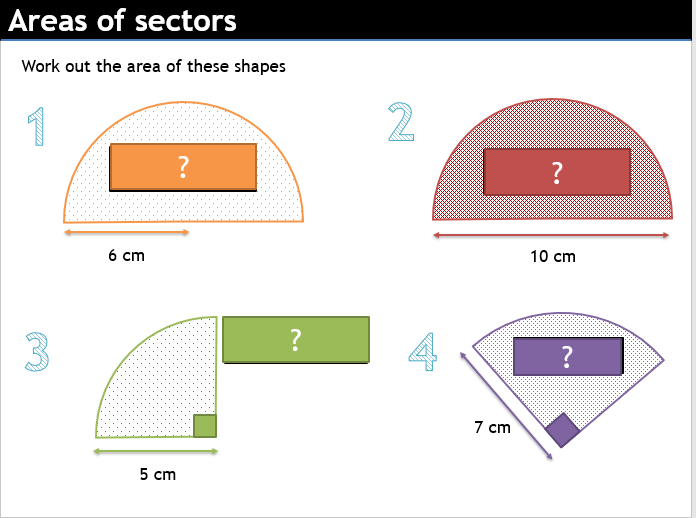I am aware I’m kind of uploading a rag-tag bunch of random resources at the moment.
I’m making lessons for what I’m teaching and uploading the ones I feel are polished enough to be shared.
Started this one with a bit of a brainwave. I’m always astounded by pupil’s lack of knowledge about simple facts I feel they SHOULD KNOW. Like weeks in a year, cards in a deck etc. But this makes no sense. How can I be ALWAYS surprised? Surely by now I’ve internalised it that this is just something a lot of kids don’t know! So rather than get grumpy, I added a little bit of a check at the beginning of this lesson.
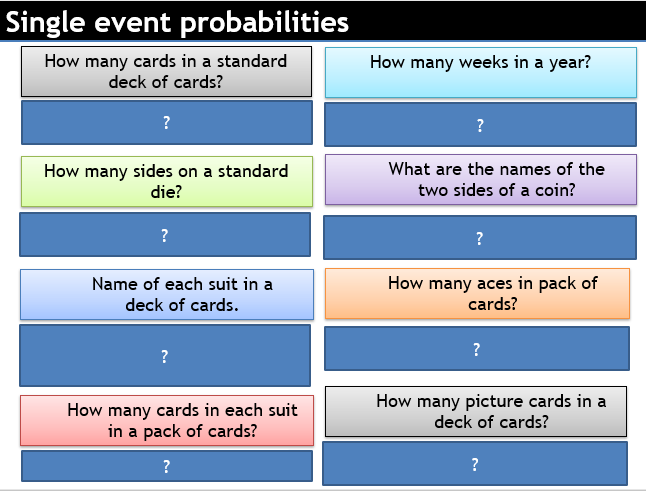
Something I’ve been working on for a while. Making this explicit.
Rest of the lesson is pretty standard. Although pretty.

